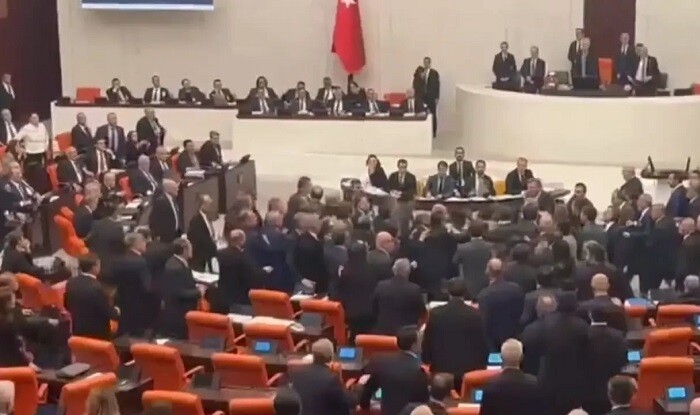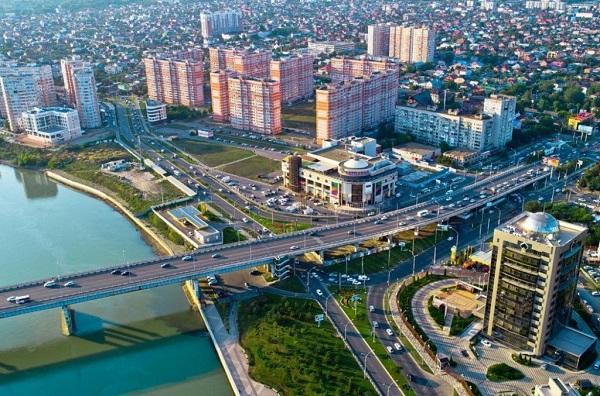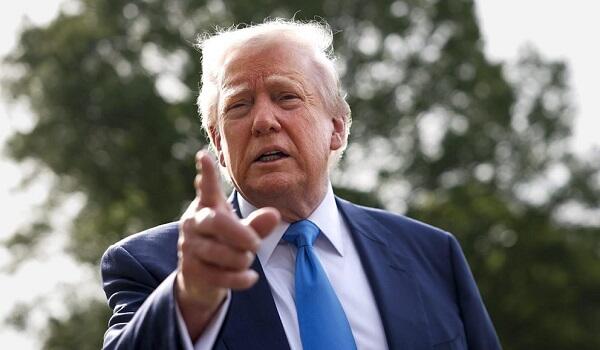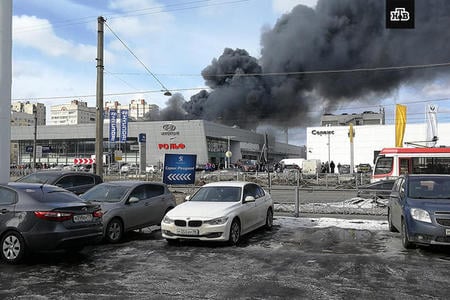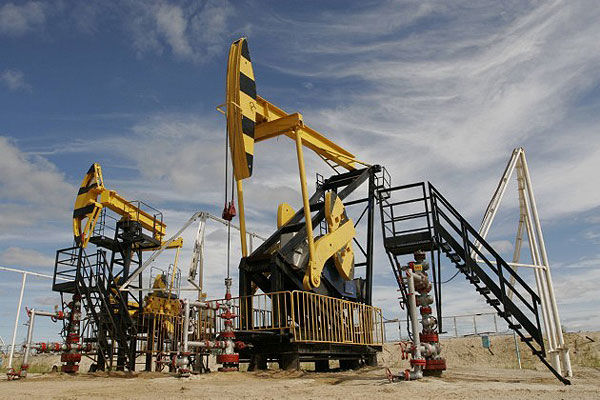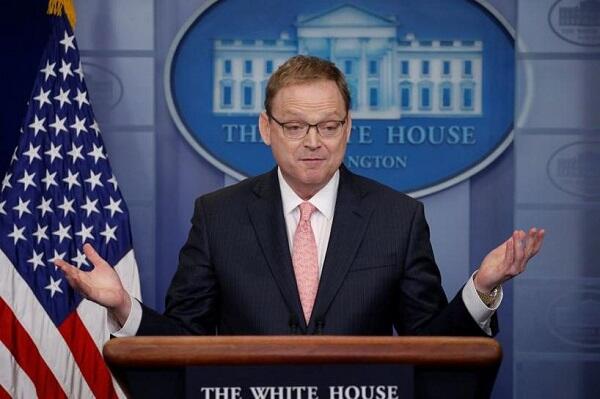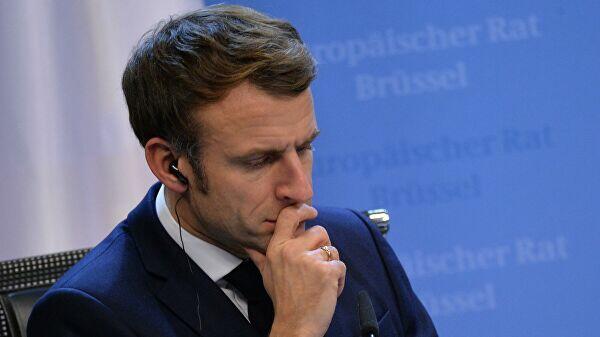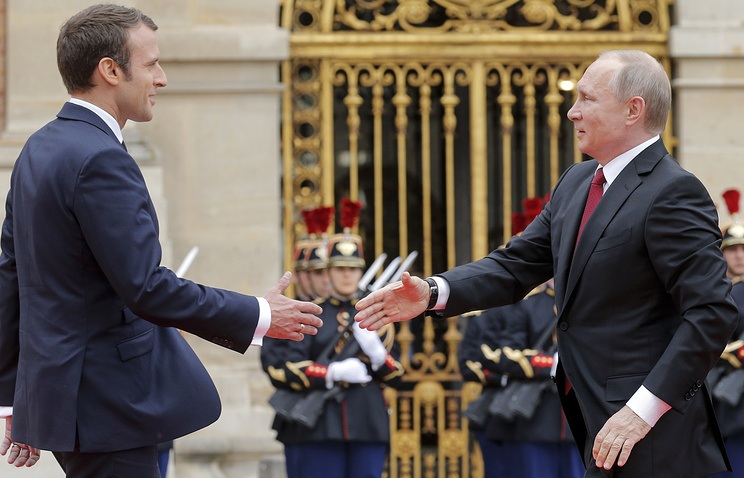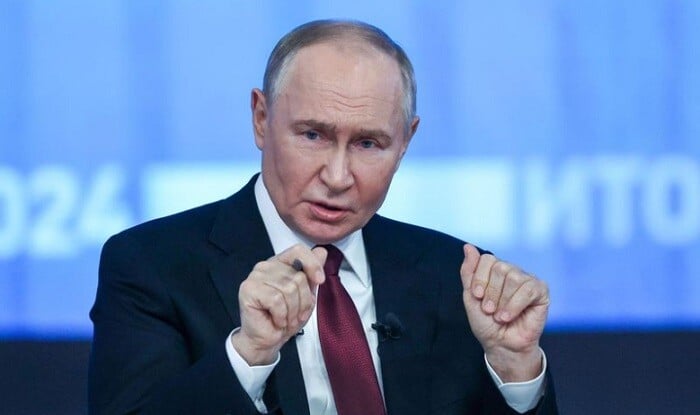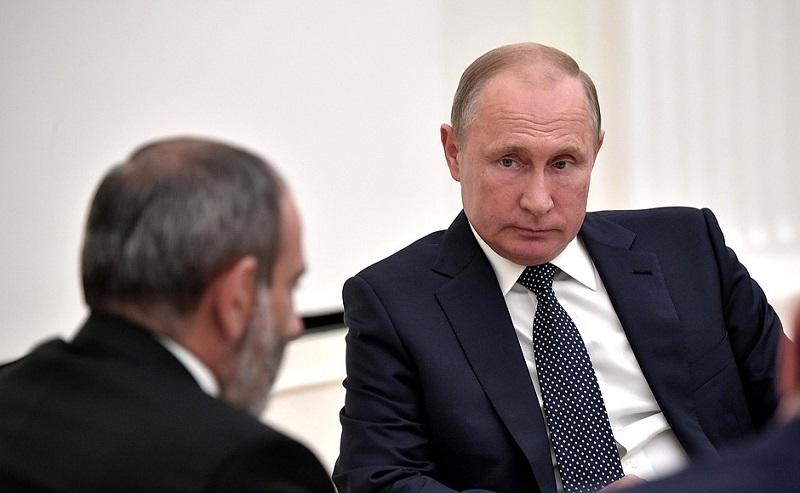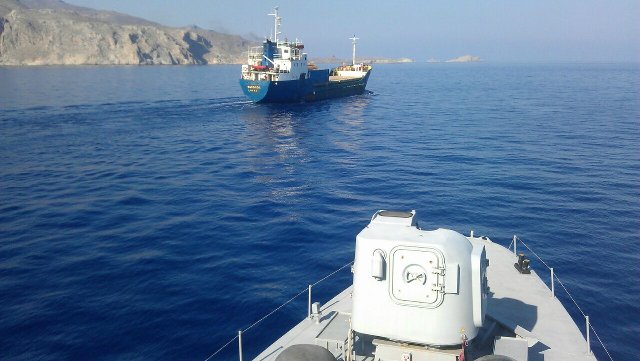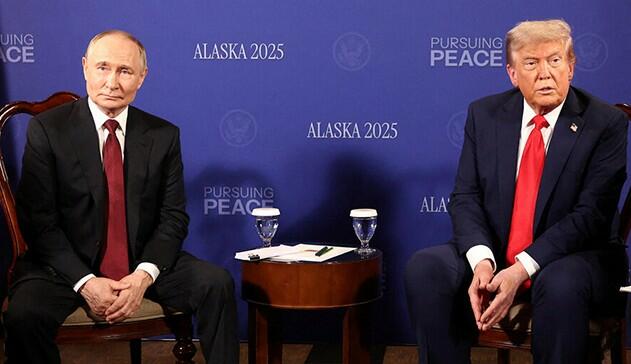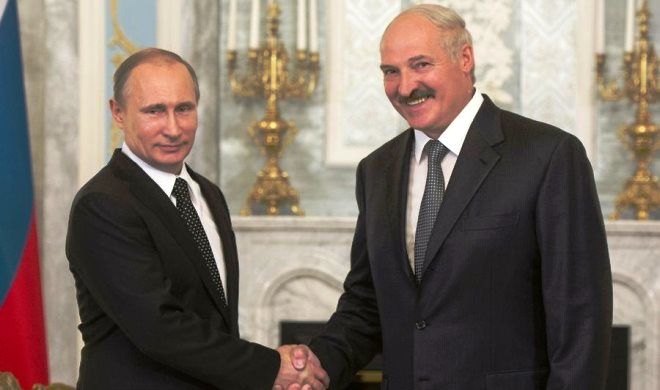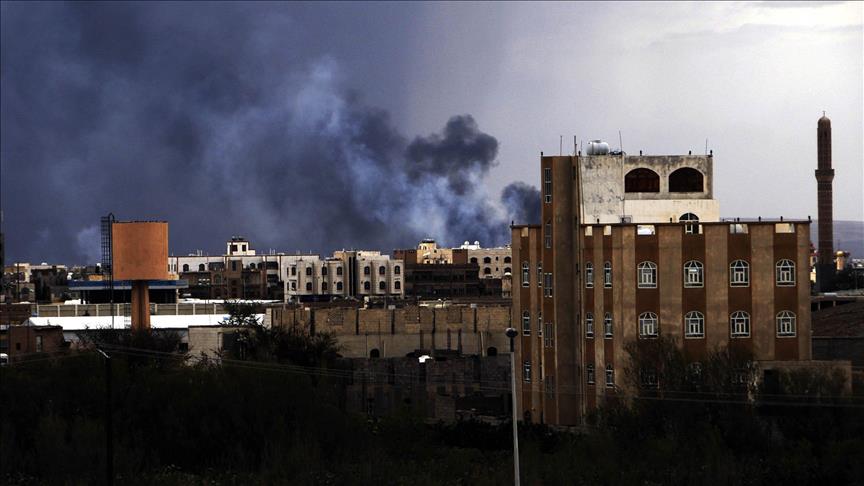The Yemeni army and allied fighters have hit military positions in Saudi Arabia’s southwestern region of Asir with a ballistic missile and destroyed them, Yemen’s al-Masirah television network said on Sunday.
Axar.az reports citing SANA.
A Zalzal 2 missile was fired at the Ain al-Thwareen base in retaliation for Saudi airstrikes, which hit its target and left an unknown number of casualties, it added.
Yemeni snipers also killed two Saudi troops at the Haskul military base in Jizan, while Yemen's army’s artillery units pommeled military positions in the region.
Meanwhile, Saudi warplanes bombed parts of the Sa’ada, al-Hudaydah, and Hajjah provinces in northern Yemen.
In Sa’ada, five members of a family were killed after Saudi aircraft bombed a residence in the Baqim district.
Two more civilians were killed in Saudi air raids in al-Jarahi district in Hudaydah, while there was no immediate word on possible casualties in Hajjah which has been bombed 10 times over the past 24 hours.
Yemeni forces have stepped up their response to Saudi airstrikes with game-changer missile attacks which have become a major headache for the kingdom and its supporters.
On Thursday, the New York Times reported that about a dozen commandos with the US Army Special Forces, known as the Green Berets, had been deployed to Saudi Arabia’s southern border regions with the aim of countering Yemeni missiles.
The deployment came following reports that Patriot interceptors supplied by the US to Saudi Arabia were increasingly failing against missiles fired Houthi fighters.
The secretive US mission, according to the report, is aimed at helping Saudi forces locate Yemeni missile launch sites and destroy the missile supplies of the Houthi movement.
Saudi Arabia has been bombing Yemen since 2015 and punishing it with a crippling blockade on Yemeni ports, airports and borders crossings, which has restricted food, aid and vital supplies from entering the impoverished country.
Fissures in Saudi-led coalition
The UAE was the first country to join the Saudi war against Yemen but fissures have emerged in their alliance recently as each side has tried to carve out a zone of influence in the territories they seize.
On Friday, a delegation of Saudi officials visited Yemen’s Socotra island in the Indian Ocean after the UAE deployed troops and tanks there against the will of a regime supported by Riyadh.
The deployment came amid widening divisions between forces loyal to the UAE and those supporting the former Yemeni president Abd Rabbuh Mansour Hadi. Both camps are based in southern Yemen and mostly in Aden where they have already clashed several times.
Hadi's loyalists have accused Emirati forces of providing support to those seeking a separation of Yemen's southern territories from the north of the country.
In Socotra, reports have said the UAE was seeking to illegally exploit the island's pristine natural resources and turn it into a permanent military outpost-cum-holiday resort.
Socotra, located near Somalia in the Gulf of Aden, is protected by the UN cultural agency UNESCO, meaning that even the Yemeni government is unable to interfere in the natural habitats and places of natural beauty.
Reports have suggested that the UAE has been actively cementing its presence in Socotra since the very beginning of the Saudi-led war on Yemen.
Videos posted on the social media purportedly show residents of Socotra angrily reacting to the deployment of new Emirati troops to the island.
On Saturday, the foreign ministry of Yemen's Supreme Political Council - the de facto administration based in the capital Sana'a - denounced the UAE's deployment of troops to Socotra.
"The island’s occupation betrays the goal and nature of the occupation by the Saudi-led Arab coalition’s forces,” said a source at the ministry who asked not to be named.
“The invading countries are trying to impose their control on the southern Yemen areas and islands,” he added.
Last year, UAE-backed separatists began confronting Hadi's loyalists in Aden which is key to controlling nearby Bab el-Mandeb Strait through which an estimated 12.5 to 20 percent of global trade passes every year.
